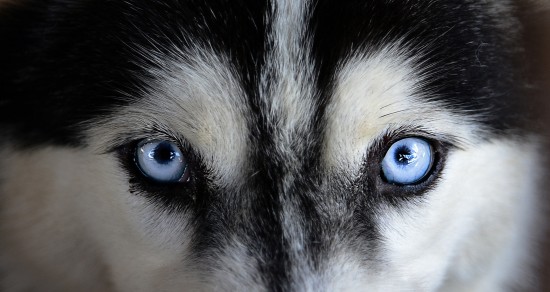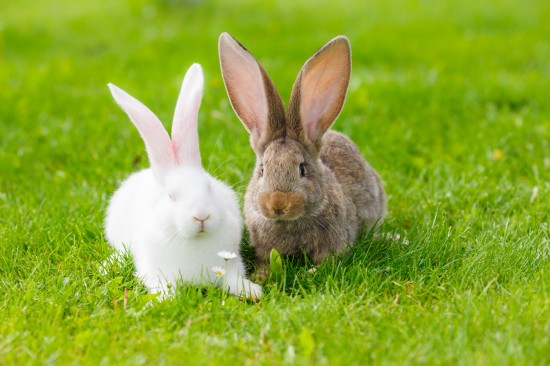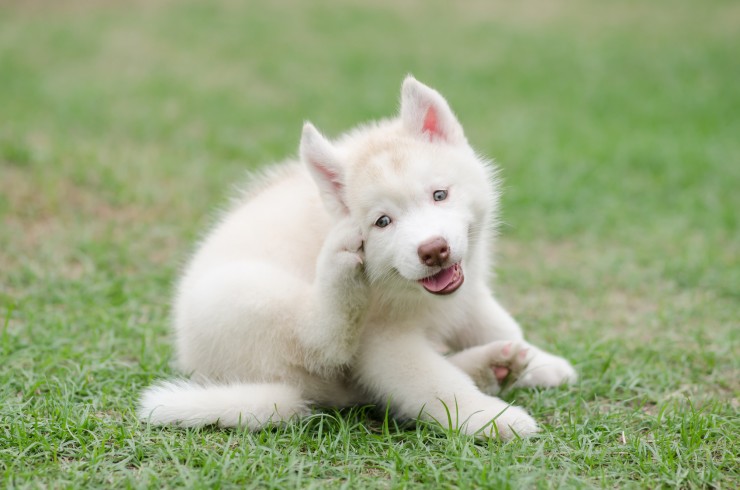Having exotic snakes as pets is becoming common nowadays. This is primarily because many people who have been taking care of one assert that snakes are attractive and can be quite tame, contrary to popular belief.
In spite of this, snakes remain to be not for everyone as care of snakes is quite complex. Just like in the case of having other types of exotic animals, commitment is very essential. Thus, prior to acquiring one, it is best to have the right information about them such as behavioral characteristics, dietary and habitat requirements, and other pertinent details. Only after which should you decide if you really are capable of having one.
There are several snakes species may be considered as pets but the most common are garter snakes and pythons. For first-time owners that are inexperience with snakes, corn snakes, king snakes, and ball pythons are, in fact, most suitable as these are gentle and meeting their diet and environmental needs is not as difficult as for some other species. These snakes are relatively small. Ball pythons tend to difficult to feed, because sometimes they stop eating for months at a time. If you are interesting in acquiring a ball python, make sure it is captive breed, and used to feed with killed prey.
On the other hand, if you are a beginner, don't think about acquiring Burmese pythons, red-tailed boas, tree boas or pythons, water snakes and other wild caught snakes as pets, as they can really be dangerous especially when not handled properly. If you choose Burmese pythons and red-tailed boas, you may require assistance for handling and feeding, due to their size and strength. Tree boas and pythons tend to have very strict temperature and humidity requirements, and water snakes have very specific care requirements too. Wild caught snakes tend to be nervous, prone to illness, and difficult to feed in captivity.
The appropriate diet and living area vary with different species. Generally, though, in creating an artificial environment for them, take note of security as they tend to get out of any enclosure. Check for gaps and the strength of the habitat itself.
Otherwise, you shall be putting others in danger as well as incurring liabilities. Also, check if there is enough space for them to move around. The size of the space must correspond well to the size of your pet.
As all snakes are carnivorous, rodents like mice and rats are the best food for them. It is recommended to give them pre-killed ones so as to protect them from possible injuries caused by their prey when alive. This especially happens when the prey is given to them while they are not yet hungry and unwilling to attack. On your part, it would likewise be more convenient to have these killed rodents in a freezer than keep another habitat just for them. Snakes like anacondas and reticulated pythons aren't recommended as pets, as these snakes are huge, have poor temperaments and potentially dangerous.
Snakes care, no matter what you choose as your pet, has indeed never been easy. For pet snakes, your responsibility doesn't end when you have chosen the species. You should be familiar with appropriate care and feeding, the behavioral characteristic, and the commitment to keep the pet. It is actually just the beginning of a long-term complex relationship.

 The Best Low-shedding Dog Breeds For Families
The Best Low-shedding Dog Breeds For Families
 Reliable Chicken Coops offered with A Dynamic Range of Choices
Reliable Chicken Coops offered with A Dynamic Range of Choices
 What Causes Cholesterol Deposits In The Eye Of The Dog?
What Causes Cholesterol Deposits In The Eye Of The Dog?
 Vomiting And Regurgitation In Dogs And Puppies
Vomiting And Regurgitation In Dogs And Puppies
 Can Rabbits Be Kept Together?
Can Rabbits Be Kept Together?
 The Lifecycle Of Dog Fleas, And What This Means For Flea Prevention
The Lifecycle Of Dog Fleas, And What This Means For Flea Prevention